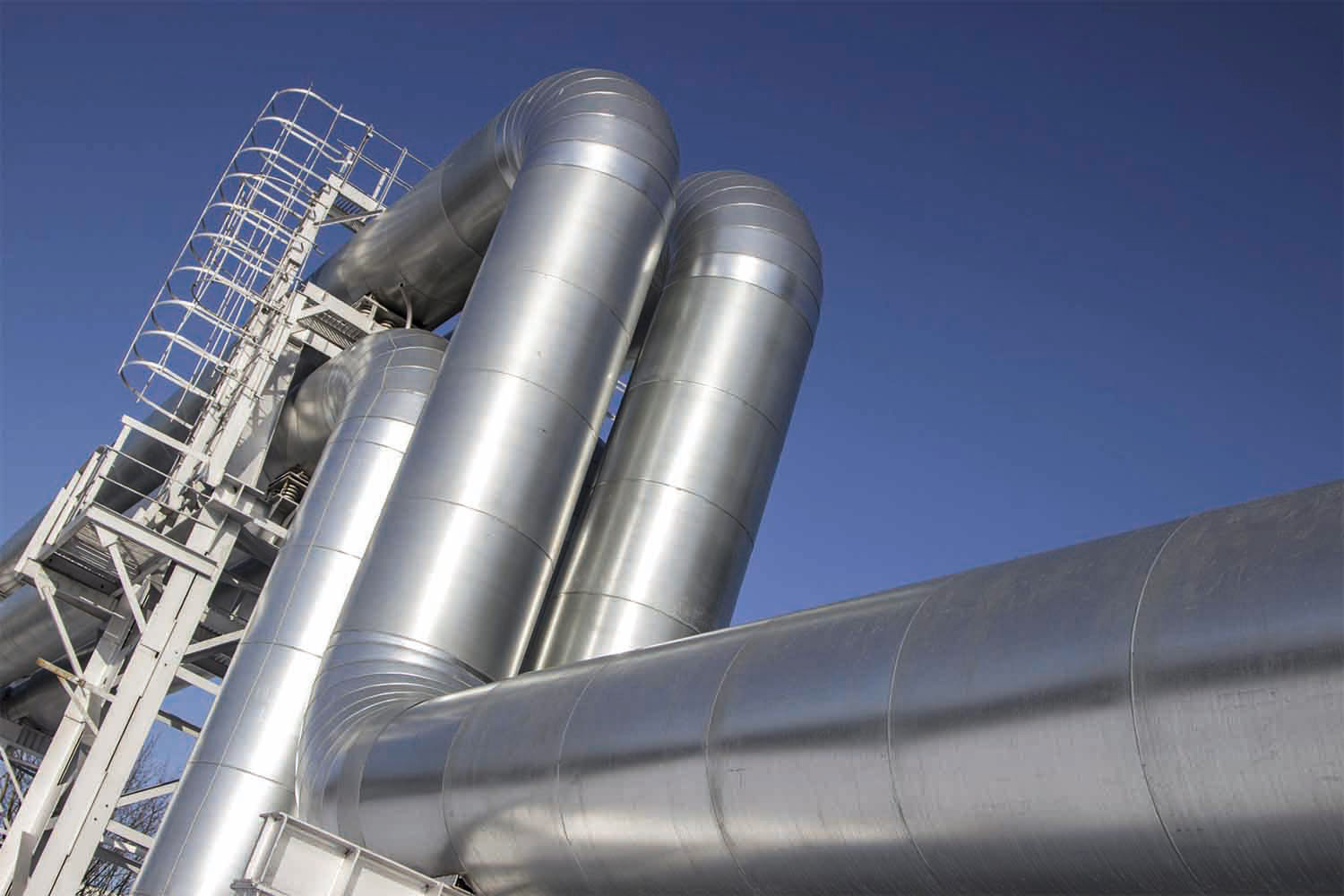The oil and gas industry has experienced significant advancements in pipeline management due to the implementation of wireless IoT smart monitoring technology developed by companies like Next Industries SRL. In the past, massive pipeline projects like Keystone XL required labor-intensive maintenance and constant physical inspections, making them expensive and less profitable. However, modern pipelines are now more efficient and less prone to breakdowns, resulting in decreased costs, increased production, and improved reliability.
The Ability to Monitor Vast Networks from One Location
One of the biggest benefits of IoT technology in pipeline management is the ability to monitor vast networks from a single control center. In the United States alone, there are approximately 55,000 miles of crude oil pipelines, along with an additional 40,000 miles of gathering lines. Manual monitoring of such an extensive network would require thousands of labor hours and an enormous number of resources. With wireless remote management and smart monitoring systems, however, these pipelines can be monitored and controlled remotely.
Pipelines transporting oil can deliver crude at pressures of anything between 600 and 1000 psi. So when splits or ruptures occur, the loss of oil can be quick and significant. By utilizing IoT technology, companies can gather real-time data on pipeline systems, allowing for better decision-making and proactive maintenance. Remote control systems for pipelines enable operators to monitor various parameters such as pressure, temperature, flow rates, and potential threats like leaks or corrosion. This data is transmitted wirelessly to a centralized control center, where it can be analyzed and acted upon swiftly.
Monitor General Wear and Tear
The implementation of IoT technology also improves operational efficiency and reduces downtime. With continuous monitoring, operators can detect and address issues promptly, preventing small problems from escalating into major breakdowns or environmental disasters. This proactive approach not only minimizes maintenance costs but also ensures uninterrupted pipeline operations, maximizing productivity and profitability.
All pipelines need repair or partial replacement from time to time. The remote monitoring systems supplied by Next Industries SRL identify potential maintenance issues by monitoring variables such as temperature, compressor condition, flow, pressure, density, and many other readings.
Collating Data and Contextualizing it
There is a system called SCADA (supervisory control and data acquisition) that is for monitoring pipelines with IoT technology. The data is sent back wirelessly from sensors and is used to make automated decisions in real-time -such as turning valves or changing set points on flow controllers. In the past companies monitored their equipment and then reacted to problems. This new method is working based on making predictions using the most recent and relevant data available.
Furthermore, remote monitoring systems enable companies to optimize their resources and manpower allocation. With real-time data and remote-control capabilities, operators can prioritize maintenance tasks, allocate resources efficiently, and respond immediately to any anomalies or emergencies. This streamlined approach saves time and money, as well as reduces the need for constant physical inspections and manual interventions.
Making Pipeline Management More Profitable
The major oil and gas companies now rely on the Internet of Things for this type of system monitoring. Take Pacific Gas & Electric, for example, which is responsible for more than 6,000 miles of transmission pipelines and 42,000 miles of distribution pipelines. The company has embraced remote pipeline monitoring systems that use smart technologies. Situational awareness, situational intelligence, and predictive analytics. All work in conjunction to run the company’s entire network based on the real-time data that is collated by the latest wireless monitoring systems.
Overall, the oil and gas industry has witnessed significant benefits from the implementation of IoT technology in pipeline management. Through wireless smart pipeline monitoring systems, companies can monitor vast networks from a single location, decrease costs, increase production, and enhance the reliability of their pipelines. This revolution in pipeline management has transformed the industry, setting a new standard for efficiency and sustainability.
Call or email Next Industries SRL to find out how we can help your oil and gas company automate pipeline monitoring and become more profitable.
